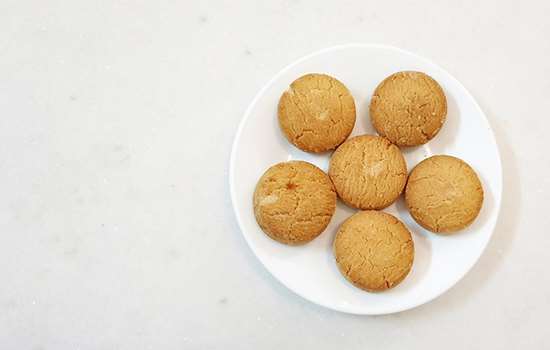MORE TO EXPLORE
-

THE HISTORY OF THE BISCUIT
Settle down with a cup of tea and treat yourself to the fascinating history behind the humble biscuit, from the Roman rusk to Victorian Petits Fours.
-

CHEESE MAKING IN ENGLAND
Author and expert cheesemonger Ned Palmer explores an edible digest of six thousand years of history that should just about fit on any generous cheeseboard.
-

THE ENGLISH HERITAGE PODCAST
Join presenter Charles Rowe as we bring the history of our sites to life with news, views and expert interviews across over 100 episodes.